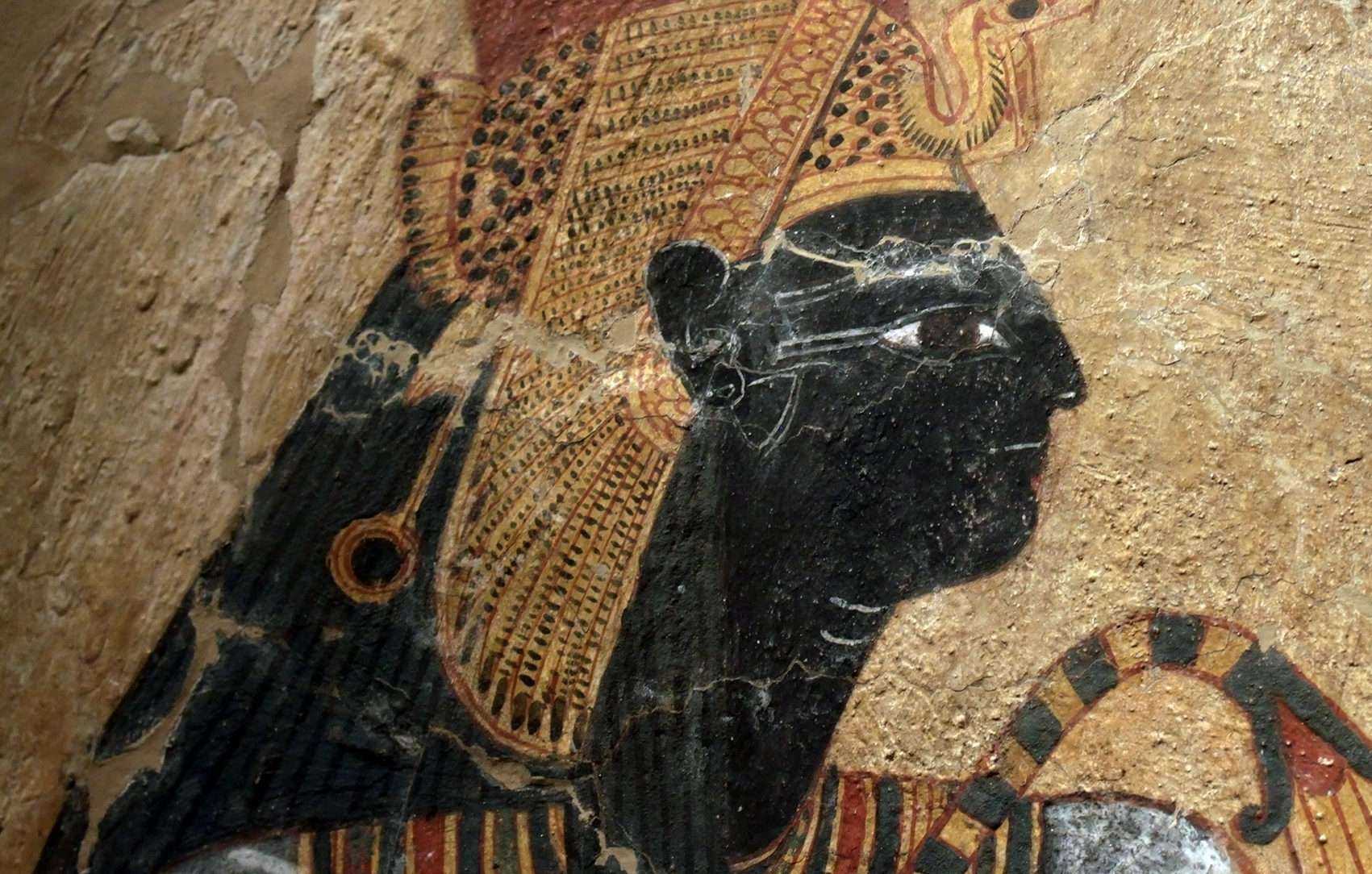BY DAVE RANKIN
When the darkness of clouds presents themselves, encroaching on what was once a magnificent sight for eyes; the terrain becomes a thing of the past. With each passing moment despair sets in, robbing us of the vibrancy we all come to love. We then, sit back and wait for a sign. Like a light that slowly peaks in between the clouds, slightly illuminating the outlook of the landscape of things. This sentiment must have echoed the sentiment of our ancient Kemetian brothers and sisters, as the ‘darkness’ in the form of the Hyksos settled in on their land. With a rule that stretched from the 15th through to the 18th Dynasty, the pharaohs of Kemet waited for a very ‘light’ of their own to shine, providing new hope as they looked to rid themselves of these “men of ignoble birth out of the eastern parts.” This is where we begin this week’s installment, the liberation of Kemet.
In our last two editions, we displayed how a fragmented socio-political Kemet allotted the perfect circumstance for the Hyksos invasion. This culminated the fact that these ‘shepherd kings’, as many historians call them, introduced new weaponry that aided the victory. The weaponry will be elaborated later. The Hyksos rule in Kemet was a long arduous one. Having now conquered Lower and Middle Kemet, and possibly parts of Upper Kemet and Nubia, the Hyksos showed their might until turmoil broke out over an unlikely request during the 17th Dynasty.
The Hyksos ruler Apepi I had written a letter to the Theban ruler Seqenenre (pronounced sek-en-en-rah) asking him to no longer practice the hippopotamus hunt. The hippopotamus was an animal that was sacred to the Kemetian deity Set, whom the Hyksos worshiped. The Thebans saw the animal as an earthly incarnation of Set, and practiced the hunt as tradition. If we are putting two-and-two together, we will see why a problem would have occurred. Set was seen as an adversary of his brothers and sisters in the pantheon of the Gods; it would have been seen as evil to the Thebans since they were aware of the Hyksos worshipping him as their patron deity. You could only imagine what the response was like from Seqenenre once he received the letter. The response was not a favorable one and war broke out.
Now what may have prompted such a bold response may not just be the fact that foreign rule was no longer acceptable, but there are reports that the Theban ruler had begun to amass a growing resistance. Medjay, who were an elite police force, along with Nubian mercenaries had new weaponry stockpiled to aid in the efforts. The new weaponry would have included the use of chariots, bronze swords and something called a compound bow. This would have greatly benefitted the royal archers.
Although details of the ensuing battles are lost, the mummy of Seqenenre tells quite a tale. His body that today lies in the Cairo museum for display shows us the following; the Theban ruler died as a result of a series of blows to the head. His left jaw was shattered; the forehead above his right eye was crushed. Probably the most violent of blows, was the one, which fractured his skull exposing his brain. Seqenenre was forty years of age when he died at the hands of the Hyksos. It was a heavy price to pay, however when it comes to liberation, life sometimes becomes the ultimate price.
Kamose, son and successor of Seqenenre, inherited the struggle for liberation from his slain father. He was an ambitious young man who wanted to rid the land of the ‘foreign rulers.’ After having tasted a number of victories against the Hyksos, Kamose also died at the hands of the enemies. Leaving his younger brother, and last son of Seqenenre, Ahmose to take up the battle. He stopped at nothing to rid Kemet of this evil. A successful Ahmose took back the Kemetian city of Avaris, the last stronghold of the Hyksos and chased them into Syria.
Having learned that there were a number of Hyksos men in the Palestinian city of Sharuhen, he ‘marched across the desert and besieged their fortress for three years,’ as one source states, thus assuring the surrender of the Hyksos. Ahmose went even further to go into parts of Nubia and quell the pockets of Hyksos support established during their rule. With Kemet no longer occupied under the threat of what was, they now looked to their brave pharaoh for the future of years to come. Ahmose, a deity among men, whose name would echo throughout the heavens, “Long live their liberator, long live the King!

